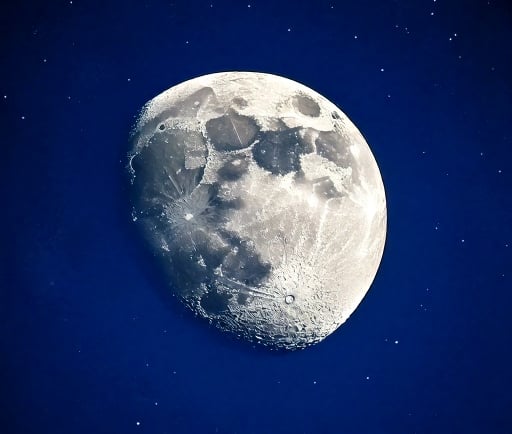The Waning Gibbous Moon: A Celestial Glow


What is the Waning Gibbous Moon?
The waning gibbous moon is a fascinating phase in the lunar cycle, occurring after the full moon and before the last quarter moon. This phase is characterized by the moon appearing more than half illuminated but less than fully bright. During this period, the moon gradually diminishes in light, giving way to its transition toward the last quarter. The gibbous phases, especially the waning variant, hold a significant aspect in various cultures and astrological practices.
The Phases of the Moon
To appreciate the beauty of the waning gibbous moon, it is essential to understand its position within the lunar phases. After reaching its full glory on the full moon, the moon begins its descent into darkness. The waning gibbous phase occurs roughly from day 15 to day 22 of the lunar cycle, offering approximately seven days where the moon still showcases a substantial amount of brightness. This transition is not only an astronomical matter but also an inspiring sight for night sky observers.
Cultural Significance and Practices
The waning gibbous moon has captured the imagination of countless civilizations throughout history. Many cultures believe that this moon phase is conducive for reflection, releasing, and letting go of negative energies. Agricultural practices often align with the lunar phases, and farmers around the globe may choose this time to harvest crops. Furthermore, it is considered an optimal period for spiritual cleansing and self-introspection.
Astrologers attribute various influences to the waning gibbous moon, linking it to decision-making and problem resolution. Some suggest that projects initiated during the full moon may culminate effectively as the moon wanes, leading to resolutions that align with one’s intentions. Therefore, whether one is an avid skywatcher or simply curious about celestial happenings, understanding the waning gibbous moon can open doors to personal reflection and growth.
